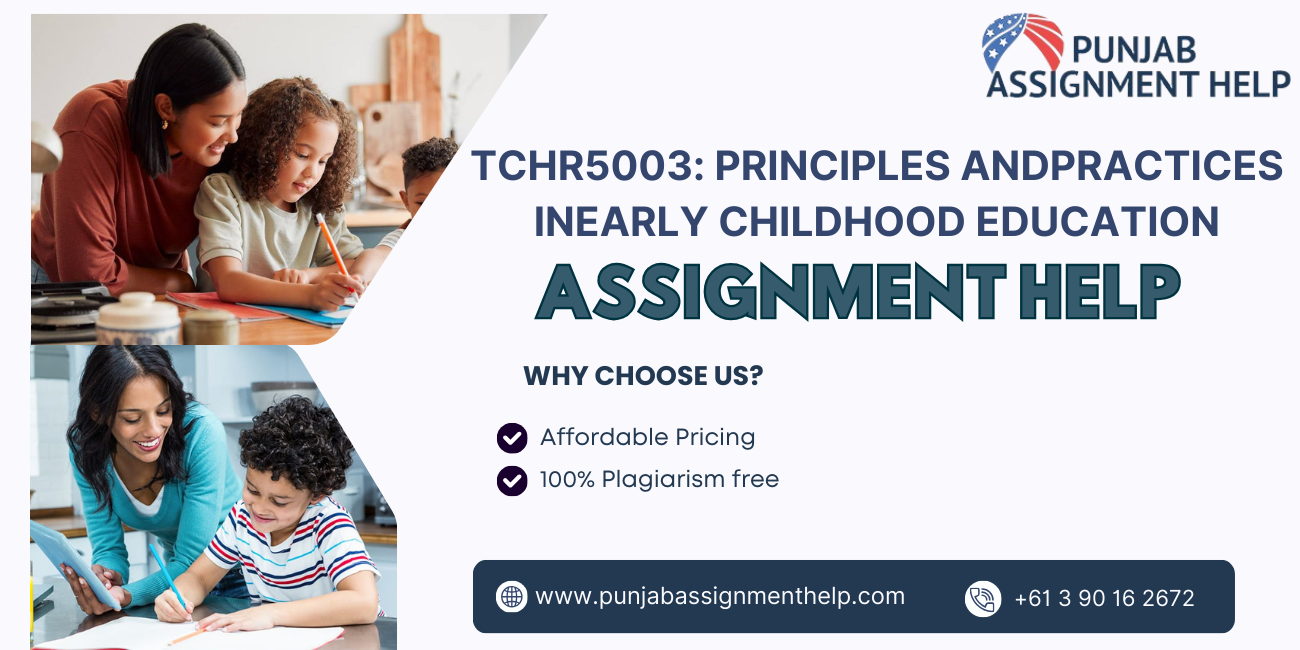
| Title | Assessment 2: Report | |
| Due Date | Friday 6 December 202411:59pm AEST (Week6) | |
| Length | 2000 words | |
| Weighting | 50% | |
| Submission | 1 worddocument submitted to Turnitin | |
Academic Integrity (See below for limits of use where GenAIis permitted) | In this assessment task,the use of GenAI is allowed but limited. You may only use GenAI to help guide you in the process of completing your assessment work. Think of it as a tool. A quick way to access information or an AI tutor to help answer your questions. So, you can use GenAI to help guide your research, research, ask questions to help to clarify your understanding, brainstorm preliminary ideas,get feedback on your ideasand clarify concepts. Remember, just as if you Googled something, you still need to evaluate the information to determine its accuracy and relevance. GenAI can produce biased and false information. You must find scholarly sources to support any of the ideas generated. This is a requirement for this assessment. You cannot include content generated by in yourassessment (even if you have paraphrased, summarised or quoted the output). You are also encouraged to use Grammarly Premium to help edit and improve the quality of your written work. If you opt to use GenAI as defined as acceptable for this assessment, you must keep evidence of how it was used and acknowledge how you used it in the process of completing your assessment appropriately. To help understand what to do, consult the Learning Zone’s resources.
If you use GenAItools in your assessment taskbeyond the acceptable limits, it may result in an academic integrity breach against you as described in the Student Academic and Non-Academic Misconduct Rules, Section 3. Under the Rules - Student Academic and Non-Academic Misconduct Rules (Section 3) students havethe right to Appeal againstthe Academic Integrity Officers academic misconduct Determination, to the Executive Dean, withthat determination beingfinal and conclusive, and not subject to further Appeal withinthe University. Students are not able to appealagainst | |
| academic misconduct via the Unit Assessor or unit staff. | ||
| Unit Learning Outcomes | You will demonstrate the following UnitLearning Outcomes on the successful completion of this task: | |
Task Description
This task requires you to reflect upon the Early Years Learning Framework [EYLF] (AGDE, 2022) principles and practices and write a report demonstrating your ability to identify and critique high- quality early childhood pedagogy.
Early childhood educators are required to understand the importance of high-quality practice and be able to identify what high-quality practice looks like. In this assessment, you will be asked to identify high-quality practice and determine the principles, theory and research that underpins such practice. This assessment aims to develop your understanding of how to align practice, principles, theory and research.
The Early Years Learning Framework (EYLF) is a crucial document for early childhood education and care. You are to write a report that demonstrates your knowledge and understanding of how the EYLF principles and practices support high-quality pedagogy.
Your critical reflection should be written in an essay that critically analyses three EYLF Principles (two of which are Respect for diversity AND Sustainability; and one is your choice), and three EYLF Practices (two of which are Responsiveness to children AND Learning environments; and one is your choice). As part of your critical analysis, you will include your personal reflections on how you anticipate implementing these three principles and three practices, in high-quality early childhood education and care settings, to support best practice.
Your report should include an introduction that explains how the EYLF guides high-quality pedagogy, body paragraphs and a conclusion, with in-text citations and references to academic literature to support your perspectives.
The EYLF Principles and Practices that you can choose from are listed below (the compulsory principles and practices are in bold):
PRINCIPLES:
PRACTICES:
APA7th referencing format is required with a minimum of 10 references. Sources should include relevant early childhood policy and peer-reviewed literature. Link to SCU Libguide here: APA 7 Referencing.
Assessments should be submitted using the Turnitin activity titled “Assessment 2: Report” in the Assessments Tasks & Submission section on the Blackboard site. Only Microsoft Word documents submitted via the Turnitin portal on Blackboard will be accepted.
Students wishing to request special consideration to extend the due date of an assessment task must submit a Request for Special Consideration form via their MyEnrolment page as early as possible and prior to the original due date for that assessment task, along with any accompanying documents, such as medical certificates.
Except when special consideration is awarded, late submission of assessment tasks will lead automatically to the imposition of a penalty. Penalties will be incurred as soon as the deadline is reached.
Assignments that have been submitted by the due date will receive an SCU grade and written feedback. Grades and feedback will be posted to “Grades & Feedback” section on the Blackboard unit site. Please allow 7-10 days for marks to be posted.
At Southern Cross University academic integrity means behaving with the values of honesty, fairness, trustworthiness, courage, responsibility and respect in relation to academic work. The Southern Cross University Academic Integrity Framework aims to develop a holistic, systematic and consistent approach to addressing academic integrity across the entire University. For more information see the SCU Academic Integrity Framework
You may only use GenAI to help guide you in the process of completing your assessment work. Think of it as a tool. A quick way to access information or an AI tutor to help answer your questions. So, you can use GenAI to help guide your research, research, ask questions to help to clarify your understanding, brainstorm preliminary ideas, get feedback on your ideas and clarify concepts. You must find scholarly sources to support any of the ideas generated. This is a requirement for this assessment. Please see the Student Academic and Non-Academic Misconduct Rules, Section 3.
Assessment Rubric
| Marking Criteria and% allocation | High Distinction + (100%) | High Distinction (85–99%) | Distinction (75–84%) | Credit (65– 74%) | Pass (50–64%) | Marginal Fail (35-49%) | Fail (1-34%) | Not Addressed (0%) |
| Explanation of how the EYLF guides early childhood education and care pedagogy. | Achieves all the criteria for a high distinction to an exemplarystandard, without any errors. | Outstanding explanation of how the EYLF guides early childhood education and care pedagogy. | Very good explanation of how the EYLF guides early childhood education and care pedagogy. | Good explanation of how the EYLF guides early childhood education and care pedagogy. | Satisfactory explanation of how the EYLF guides early childhood education and care pedagogy. | Poor explanation of how the EYLF guides early childhood education and care pedagogy. | No explanation of how the EYLF guides early childhood education and care pedagogy. | |
| 10 marks | ||||||||
Identification, examples and analysisof high- quality ECEC Principles
15 marks | Achieves all the criteria for a high distinction to an exemplarystandard, without any errors. | Outstanding detail, examples and analysis regarding the identification of high-quality principles. | Very good detail, examplesand analysis regarding the identification of high-quality principles. | Good detail, examples and analysis regarding the identification of high-quality principles. | Satisfactory detail, examples and analysis regarding the identification of high-quality principles. | Inadequate detail, examples and analysis regarding the identification of high-quality principles. | No detail, examples or analysis regarding the identification of high-quality principles. | |
Identification, examples and analysisof high- quality ECEC Practices 15 marks | Achieves all the criteria for a high distinction to an exemplarystandard, without any errors. | Outstanding detail, examples and analysis regarding the identification of high-quality practices. | Very good detail, examplesand analysis regarding the identification of high-quality practices. | Good detail, examples and analysis regarding the identification of high-quality practices. | Satisfactory detail, examples and analysis regarding the identification of high-quality practices. | Inadequate detail, examples and analysis regarding the identification of high-quality practices. | No detail, examples or analysis regarding the identification of high-quality practices. | |
Use of unit materials and relevant early childhood literature. | Achieves all the criteria for a high distinction to an exemplary standard, without any errors. | Outstanding reference to relevant unit materials and earlychildhood literature. | Very good reference to relevant unit materials and earlychildhood literature. | Good reference to relevant unit materials and early childhood literature. | Satisfactory reference to relevant unit materials and earlychildhood literature. | Inadequate reference to relevant unit materials and earlychildhood literature. | No reference to relevant unit materials and early childhood literature. |
| 5 marks | ||||||||
Academic Literacy
5 marks | Achieves all the criteria for a high distinction to an exemplarystandard, without any errors. | Demonstrates a comprehensiveunderstanding and application of correct writing conventions,including accurate spelling, grammar, and punctuation. The reference list contains all the required information in the correct APA 7 format. | Demonstrates a thoroughunderstanding and application of correct writing conventions by correctly using spelling, grammar, and punctuation throughout with very minor inaccuracies. The reference list contains all the requiredinformation in the correct APA 7 format, with very minor errors. | Demonstrates a goodunderstanding and application of correct writing conventions by correctly using spelling, grammar, and punctuation, with minorinaccuracies. The reference list contains all the required information, but some items may be in an incorrect format or have more than five minor errors. | Demonstrates a satisfactoryunderstanding and application of correct writing conventions by mostly using correct spelling, grammar, and punctuation, with some inaccuracies. The reference list provides mostof the required information, but there are some errors. | Poor understanding and application of correct writing conventions, including accurate spelling, grammar, and punctuation that impact readability. The reference list is incorrectly formatted or there are an inadequate number of references. | Poor understanding and application of correct writing conventions, including accurate spelling, grammar, and punctuation, that significantly impact readability. The reference list is incomplete or missing. |
The student’s performance, in addition to satisfying all of the basic learning requirements, demonstrates distinctive insight and ability in researching, analysing and applying relevant skills and concepts, and shows exceptional ability to synthesise, integrate and evaluate knowledge. The student’s performance could be described as outstanding in relation to the learning requirements specified.
The student’s performance, in addition to satisfying all of the basic learning requirements, demonstrates distinctive insight and ability in researching, analysing and applying relevant skills and concepts, and shows a well-developed ability to synthesise, integrate and evaluate knowledge. The student’s performance could be described as distinguished in relation to the learning requirements specified.
The student’s performance, in addition to satisfying all of the basic learning requirements specified, demonstrates insight and ability in researching, analysing and applying relevant skills and concepts. The student’s performance could be described as competent in relation to the learning requirements specified.
The student’s performance satisfies all of the basic learning requirements specified and provides a sound basis for proceeding to higher-level studies in the subject area. The student’s performance could be described as satisfactory in relation to the learning requirements specified.
The student’s performance fails to satisfy the learning requirements specified.


Get original papers written according to your instructions and save time for what matters most.